Table of contents
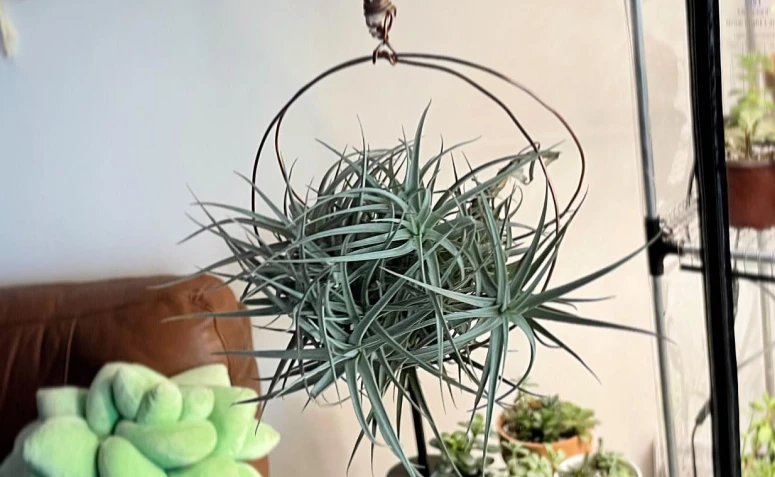
Aerial plants do not need soil or can live on other plants, but without parasitizing them. They have been gaining more and more space among professional or amateur landscapers. Therefore, in this post you will see the main types, how to use them in decoration and much more. Check it out!
5 types of air plants to join this trend
How about knowing a little more about this type of plant that has been gaining more and more space in homes? This way, you will see the five main types and the main care with each of them:
Orchids

Orchids have a particular beauty and are also aerial plants. Their origin is Asian, in tropical and humid regions. They are one of the largest families in the plant kingdom, exceeding 25 thousand species. However, it is necessary to know how to take care of these plants so that they can grow colorful and healthy. Here are the main cares with them:
- Watering: It must be done in the morning. Because it has no substrate, it needs a very humid environment. Therefore, its root must be wet until the water runs out. After that, water must be sprayed on the leaves.
- Change: Aerial orchids are difficult to prick out seedlings, so pricking out should only be done when the plant is at least 25 cm or has at least three roots.
- Luminosity: Although they are typical of tropical forests, they prefer indirect light.
- Cultivation: The environment of this plant should always be humid and warm. A very cold climate can cause it to lose all its leaves and can no longer bloom. For fertilization, you should use NPK 20-20-20 fertilizer, specific for orchids.
Bromeliads
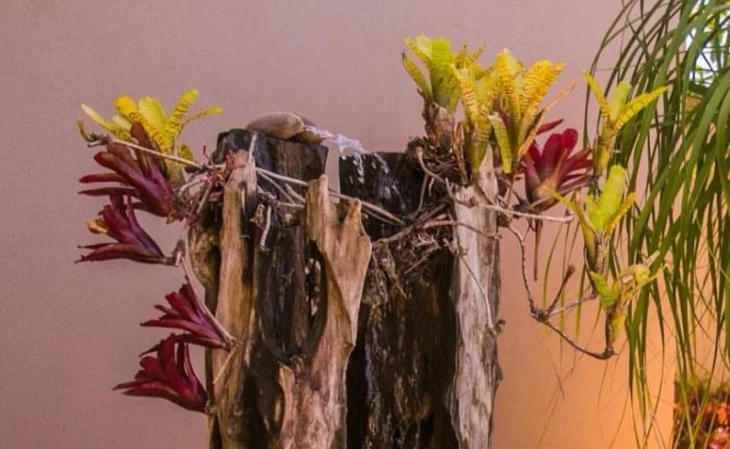
Bromeliads are plants of tropical origin and have a great variety of species. Their shape is very popular and they have a colorful look. They are widely used to decorate gardens. Here are the main cares with this plant.
- Watering: It must be done frequently. To do this, wet the center and spray water on the leaves.
- Change: The buds should be removed only when they are one third of the parent plant. This should be done with pruning shears or a knife. If the species has a rhizome or stolon, the cut should be made 5 cm before the bud.
- Luminosity: As a rule, the darker the leaves, the more light the bromeliad will need. In general, this plant likes brightness. Some can be grown in full sun.
- Cultivation: This plant does not require much maintenance. The leaves that are dry and damaged must be eliminated. Fertilization must be done every two weeks with an NPK 4-14-8.
boa constrictors
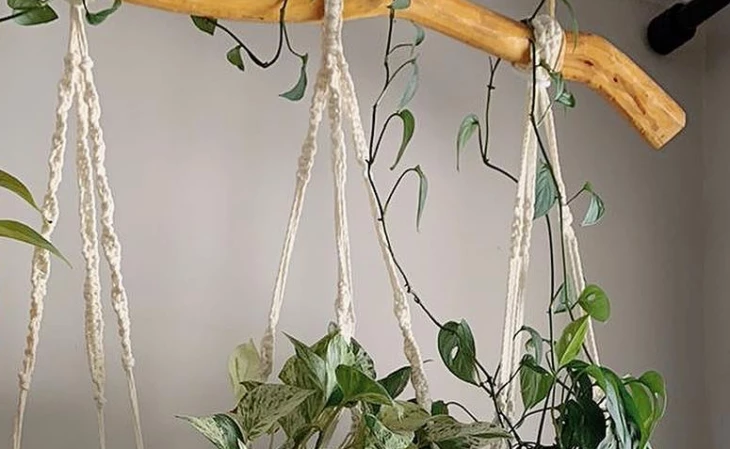
One plant that is the darling in the world of aerial plants is the boa. It loves water and doesn't necessarily need a substrate to stay alive. Besides, this plant is very fast growing and can be used as a climber.
See_also: 15 ideas and professional tips for decorating rented apartments- Watering: Because it comes from a tropical region, it likes a lot of water. If it is grown outside, just keep it in a container with water. Also, you should spray water on the leaves at least twice a week.
- Change: Each branch can be cut to make the seedling. This cut must be made with a knife or pruning shears. Moreover, the pruning must be done before a leaf. Wait for the cut to dry before putting it in water or in the new substrate.
- Luminosity: The boa likes shade and indirect light. For long, leafy stems, keeping it in indirect light is ideal. If you want to control its growth, keep the plant in the shade.
- Cultivation: Maintenance should be done in the spring, and yellowish leaves should be removed, and branches that are not well formed should be removed.
Tillandsias
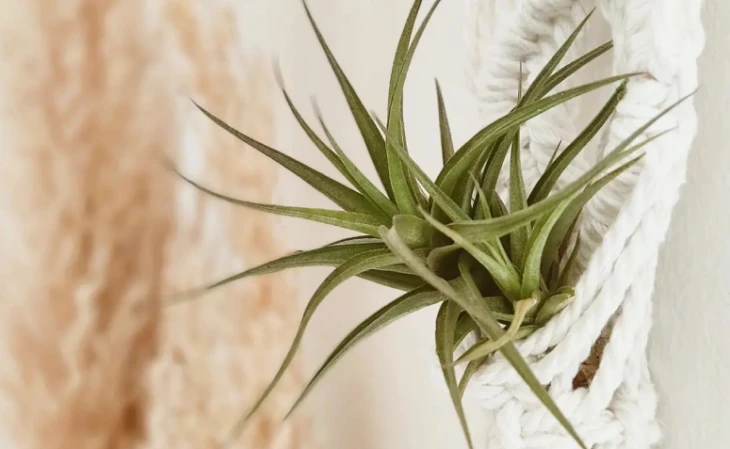
The tillandsia genus is composed of more than 650 species. They belong to the same family as bromeliads and can be seen on trees and even on wires:
- Watering: It should be done three times a week with a sprayer. Another option is to soak the plant in a bucket of water once a week.
- Change: The seedling can be made from another identical plant, just plant it as soon as possible after harvesting. Any piece of the mother plant can be used as a seedling, as long as it has roots.
- Luminosity: These plants like a lot of natural light, but should not be exposed to direct sunlight.
- Cultivation: A good indication of the plant's health is the color of its leaves, the brighter the color, the healthier it is.
Tangled Heart
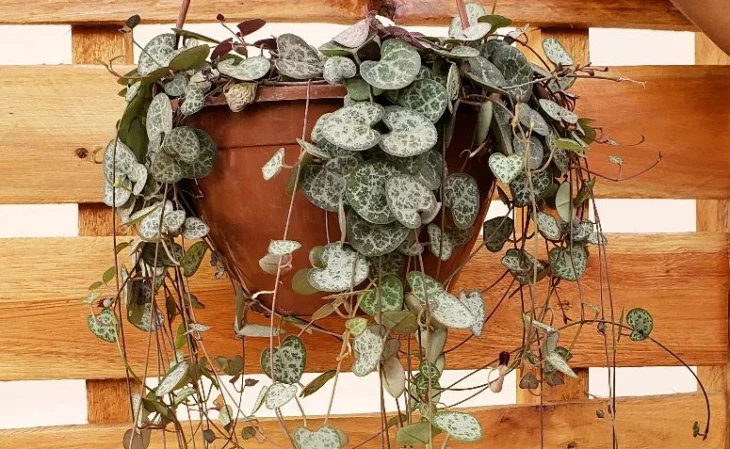
This is a type of succulent with delicate leaves that are beautiful. The branches of the tangled heart are thin and look like hearts. It can be considered an air plant because it needs very little substrate to live in and can be grown in a kokedama. Here is the main care for this plant:
- Watering: Although it is a succulent species, it must be watered twice a week.
- Change: Place water on the tubers that form along the leaves to multiply this plant. Another option is to place the base of the leaves in water.
- Luminosity: It should stay in the half shade, but if it is a variegated, with silver spots on the leaves, the light should be more intense. The sun should be a maximum of two hours a day.
- Cultivation: Merciless sun can dry out the leaves of this plant. Also, lack of water can be fatal to this species. Pruning should remove old, dry stems.
Now you know what the main types of air plants are, so how about learning a little more about how to care for them? In addition, you can see some tips on how to make arrangements with them.
Learn more about air plants
Knowledge is never too much, especially when it comes to learning more about a new hobby. That's why in the selected videos you will see growing tips, how to make seedlings, and tips for arranging aerial plants that don't need soil.
How to grow air plants
Aerial plants are very easy to cultivate and can even be grown outside. In the video from the channel Apt 201 you will see what care you should take with tillandsias. In addition, the video also shows some ideas on how to decorate your home with this type of plant.
How to make tillandsias seedlings
Tillandsias are relatives of bromeliads, they are easy to grow and require little care. They can stay almost anywhere, which is why they are called air plants. In this video from Cesar's Backyard you will learn how to make seedlings and reproduce each species of this plant.
See_also: Christmas Panel: 60 templates and tutorials to enhance your photosHow to make a tillandsias curtain
To prove this statement, the landscaper Nô Figueiredo teaches how to make a curtain of tillandsias. In addition, throughout the video, Figueiredo talks about the care that such an aerial plant requires. Check it out!
How to care for vanda orchid
Orchids are plants that fill the eyes with beauty. Some species can be considered aerial plants. This is the case of the vanda orchid. To learn how to cultivate and how to fertilize correctly, watch the video from Spagnhol Plants channel. In it you will learn everything about this plant.
You feel like putting the aerial plant in your house now, don't you? But first you need to see some decoration ideas using aerial plants so that you know what to do and get some more ideas.
15 pictures of decoration with aerial plants that will leave you on cloud nine
When it is time to put a new plant in your home, you need to take several things into consideration, such as light and other environmental conditions, and it needs to make sense with the decoration of the house. So, here are 15 ways to use air plants in your decoration.
1. aerial plants are gaining more and more space
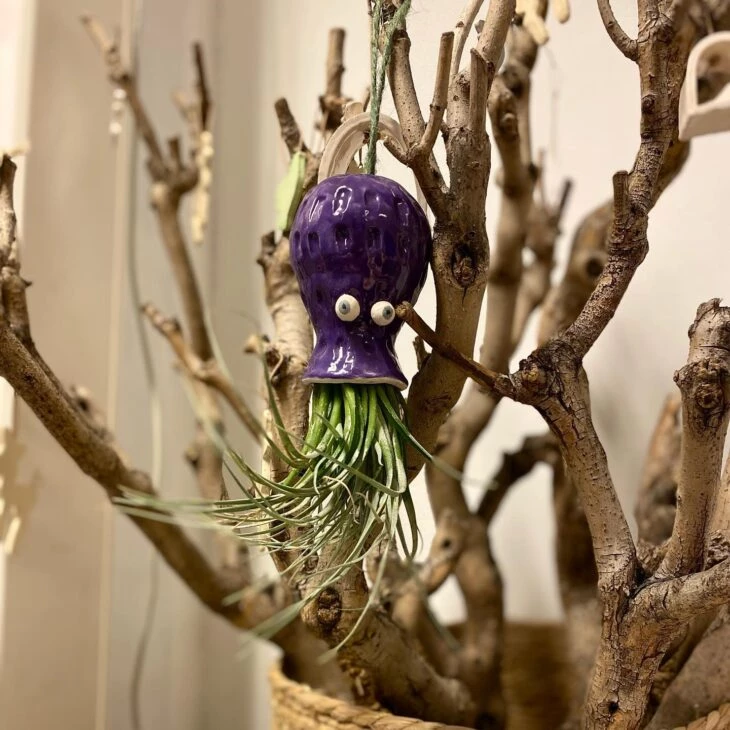
2. whether among professionals or amateurs
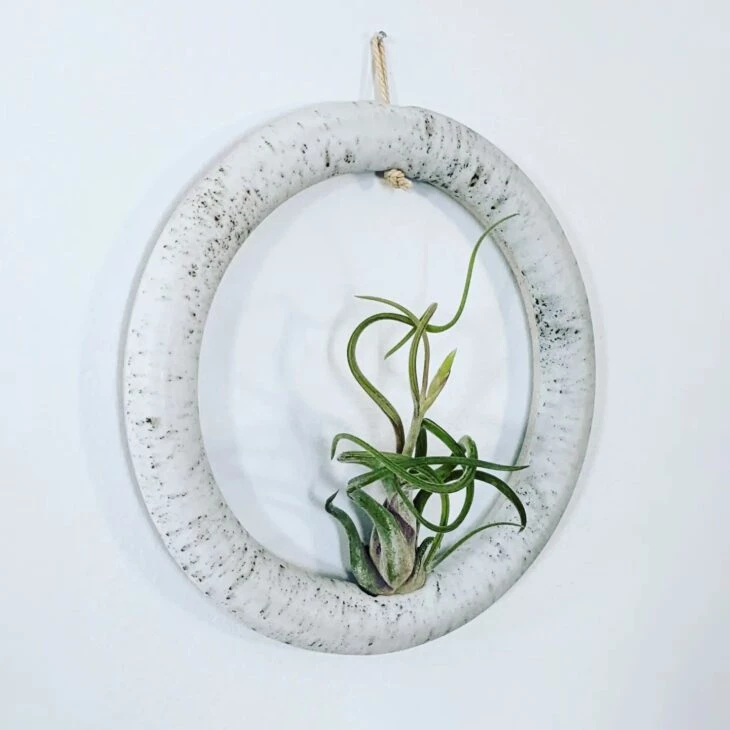
3. aerial plants are the new darlings
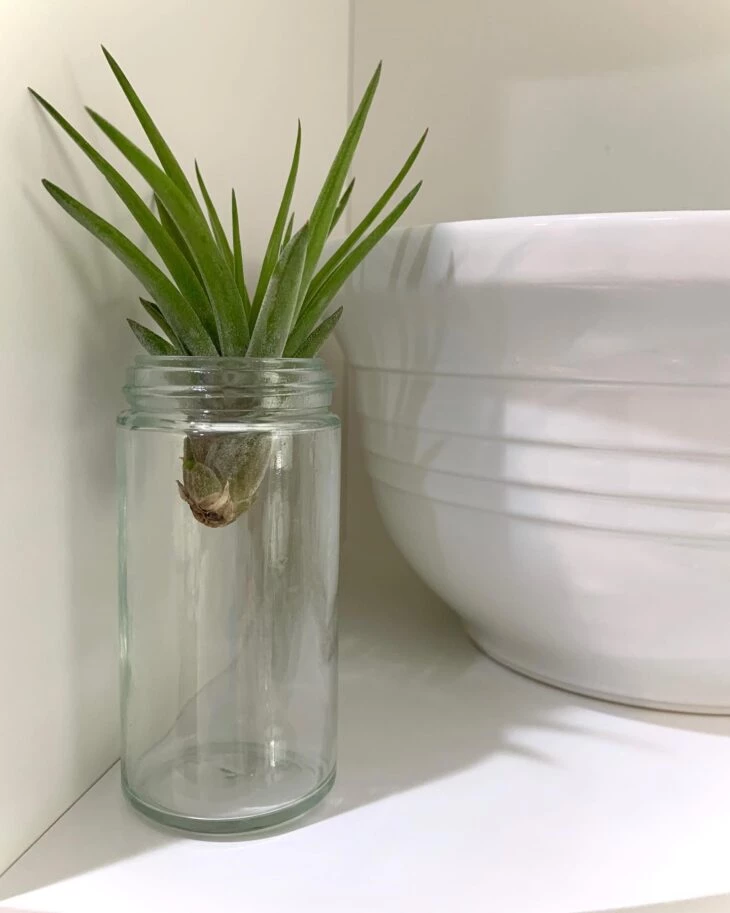
4. and there are several reasons for this
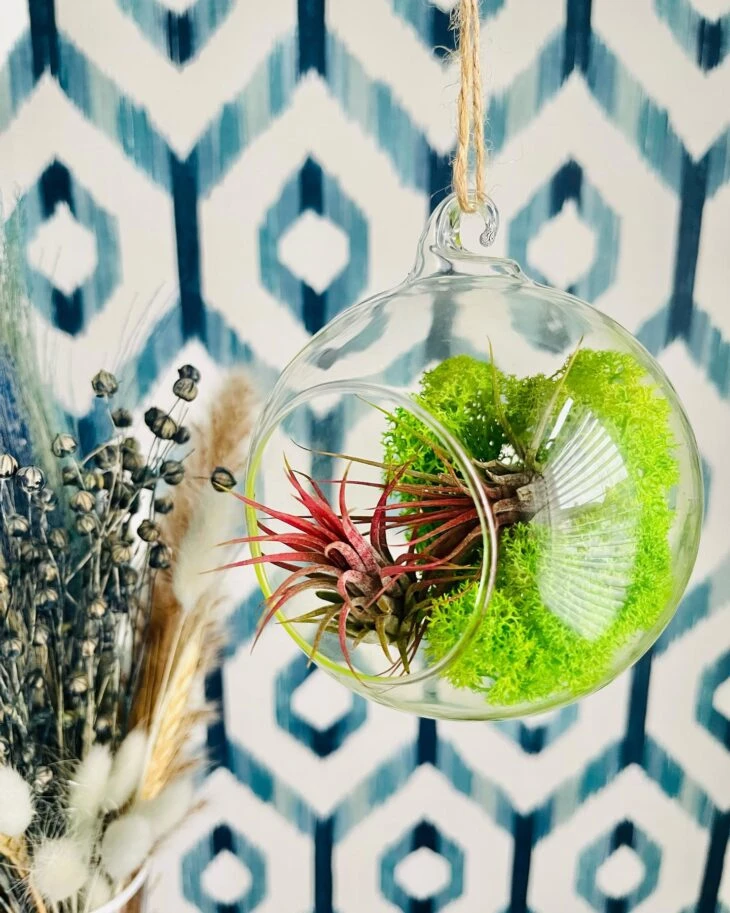
5. for example, the ease of cultivation
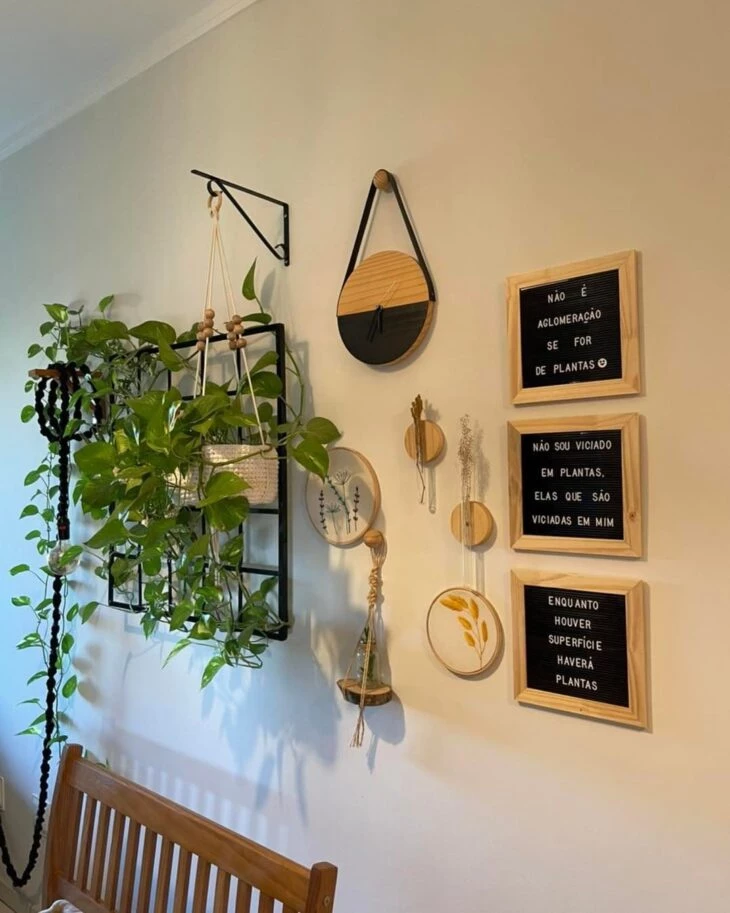
6. the little care
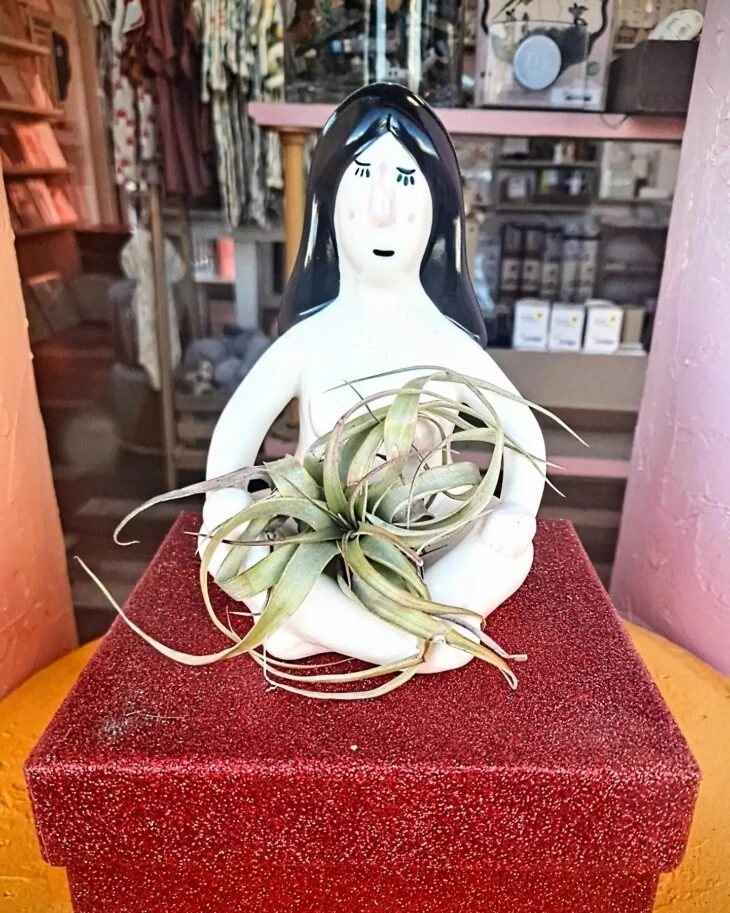
7. and versatility
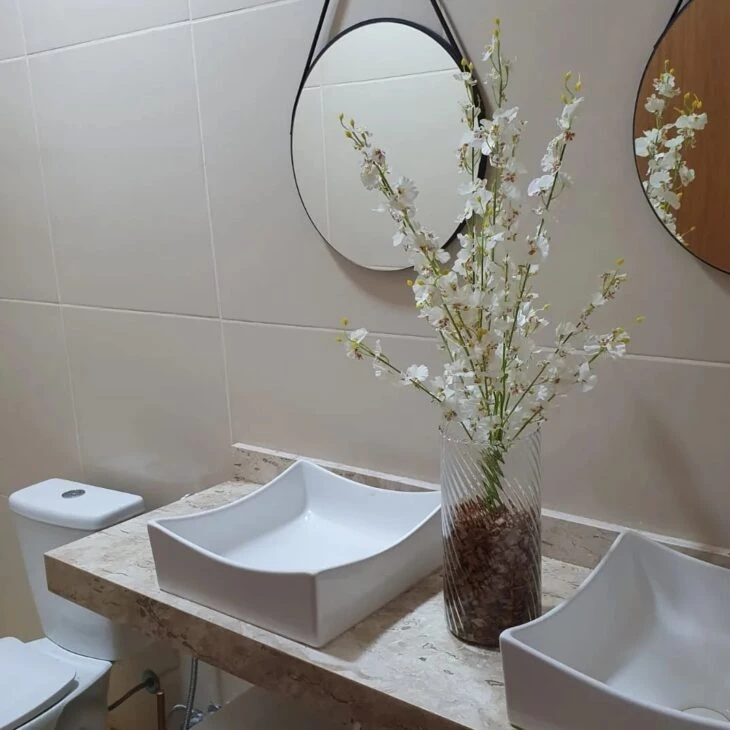
8. this all helps to make the aerial plants famous

9. to use them at home, you need creativity

10. after all, they are also part of the decoration

11. and help to make the internal design more alive

12. that is, with a more organic look
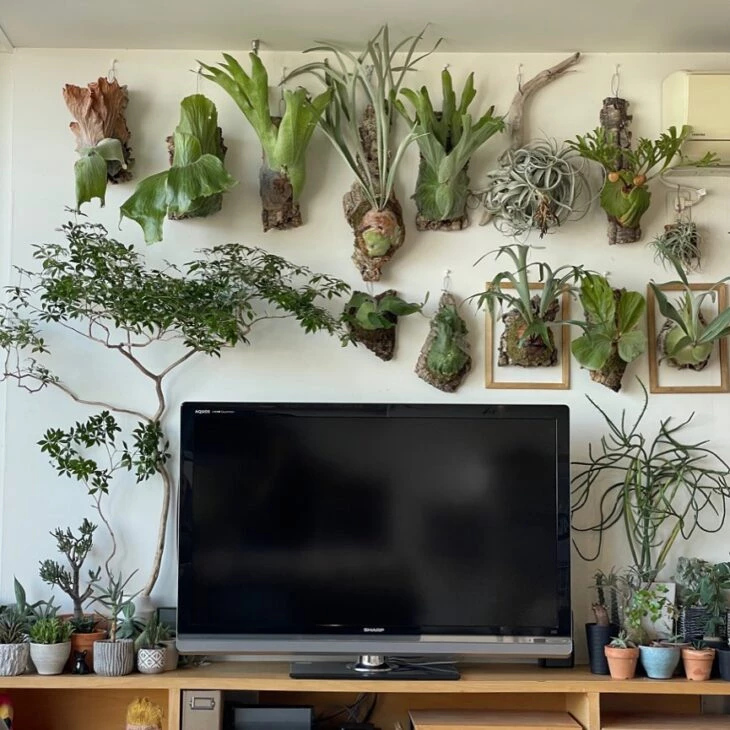
13. therefore, bet on aerial plants

14. and look how they live up to their reputation

15. so they will also be your darlings
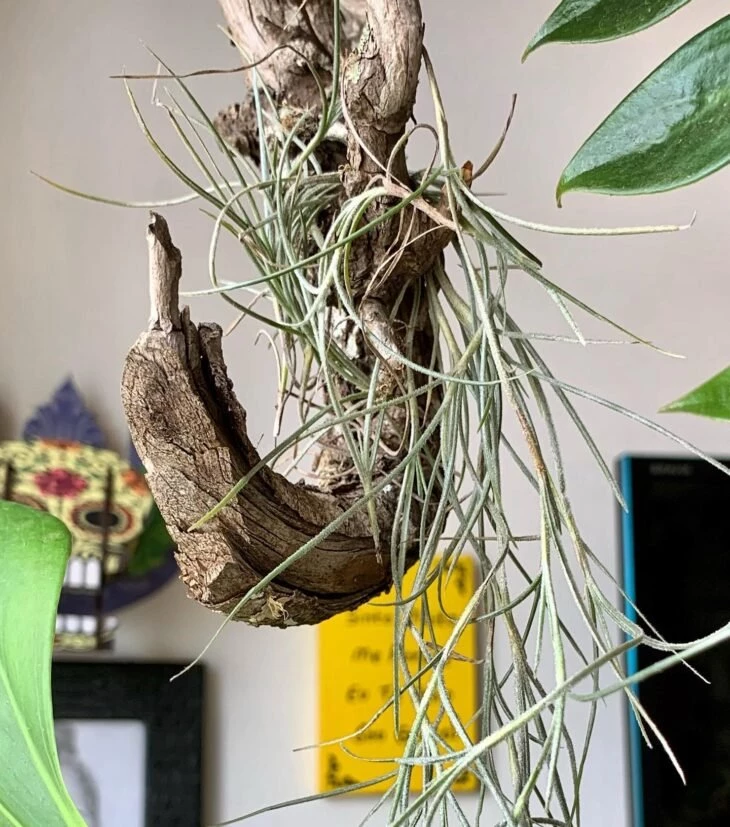
Now choose the aerial plant that best suits your environment and start thinking about where in the house they will be placed. This type of plant deserves emphasis and a lot of attention. Therefore, a great idea is to bet on a vertical pallet garden.


